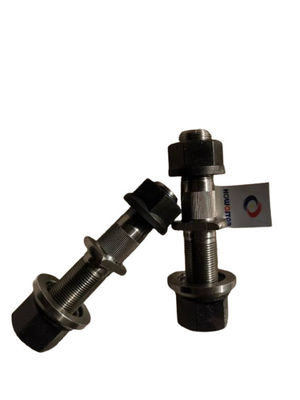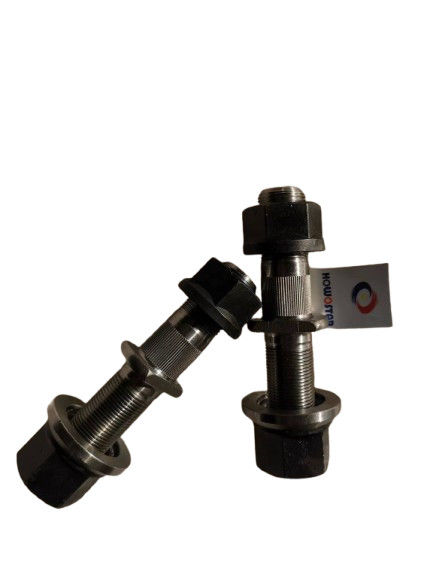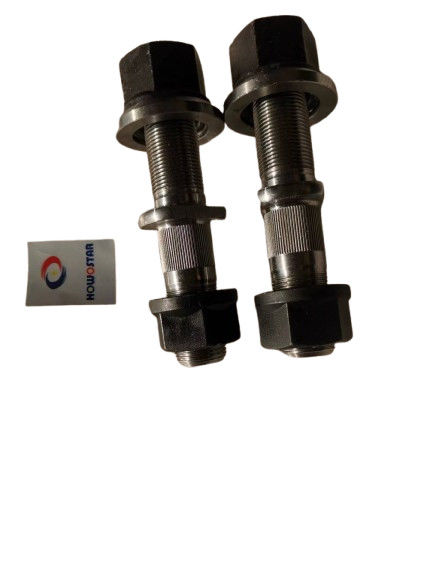-
Place of OriginChina
-
Brand NameHOWOSTAR
-
Minimum Order Quantity1PC
-
Packaging Detailscarton
Fuwa bolt 22*22*135
Fuwa Standard Screw 22*22*135
1. Function
• Connection and Fastening: The Fuwa standard screw 22*22*135 is designed to connect and fasten components in automotive or industrial applications, ensuring structural integrity and stability.
• Load-Bearing: It can withstand specific loads and forces, preventing loosening or failure of connected parts during operation.
• Adjustability: Depending on the design, it may allow for some degree of adjustment or fine-tuning in the assembly process.
2. Specifications
• Part Number/Description: Fuwa standard screw 22*22*135
• Thread Size: M22 (22mm diameter)
• Length: 135mm
• Head Type: Typically a hexagonal head for easy tightening with a wrench or socket.
• Drive Type: Hexagonal socket drive (common for high-torque applications).
• Thread Pitch: Standard metric pitch (e.g., 1.5mm, though this may vary; specific pitch should be confirmed with the manufacturer).
3. Material
• Common Materials:
• Carbon Steel: Offers good strength and durability at a lower cost.
• Alloy Steel: Provides higher strength and resistance to wear and fatigue, suitable for high-load applications.
• Stainless Steel: Offers corrosion resistance, making it suitable for use in harsh environments or where exposure to moisture or chemicals is expected.
• Surface Treatment:
• Zinc Plating: Common for carbon steel screws to prevent corrosion.
• Black Oxide: Provides a decorative finish and some corrosion resistance.
• Dacromet or Geomet Coating: Offers superior corrosion resistance for long-term durability.
4. Key Parameters
• Tensile Strength: The maximum tensile load the screw can withstand before breaking (e.g., 10.9 grade screws have a tensile strength of approximately 1040 MPa).
• Yield Strength: The stress at which the screw begins to deform plastically (e.g., 8.8 grade screws have a yield strength of approximately 640 MPa).
• Thread Engagement Length: The depth of thread penetration into the mating material, critical for ensuring a secure connection.
• Torque Specification: The recommended torque for tightening the screw to prevent over-tightening or under-tightening.
• Head Markings: Typically include grade markings (e.g., 8.8, 10.9) to indicate the screw's mechanical properties.
5. English Terminology
• Screw: A fastener with a helical ridge (thread) that is used to hold objects together or to position them.
• Thread Size: The diameter of the screw's thread, often expressed in millimeters (e.g., M22).
• Length: The overall length of the screw from the underhead to the tip.
• Head Type: The shape of the screw head (e.g., hexagonal, pan, round, etc.).
• Drive Type: The type of recess in the screw head for driving (e.g., hexagonal socket, Phillips, slotted, etc.).
• Tensile Strength: The maximum stress a material can withstand while being stretched or pulled before breaking.
• Yield Strength: The stress at which a material begins to deform plastically.
• Thread Pitch: The distance between adjacent threads, measured in millimeters (for metric threads).



